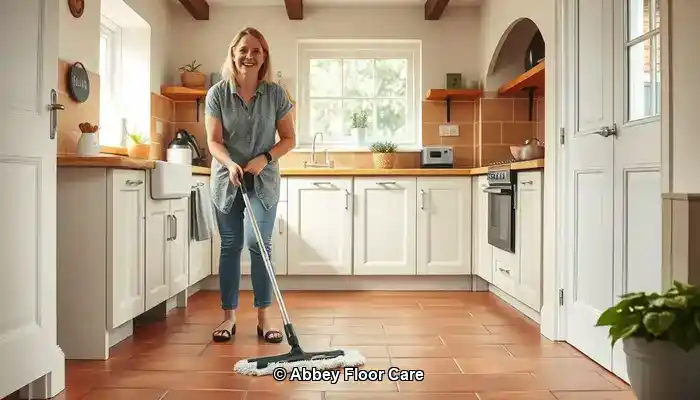
Last Updated on September 29, 2025 by David
Ultimate Guide to Achieving Spotless Terracotta Tiles
-
- <b>Understanding the Unique Porosity of Terracotta Tiles</b> emphasizes how terracotta’s rapid absorption of dirt can be exacerbated by the humid environment typical in Surrey.
- <b>The Essential Role of Proper Sealing in Tile Maintenance</b> to effectively prevent moisture and dirt from penetrating your terracotta surfaces.
- Establishing a Regular Maintenance Routine is vital—daily sweeping combined with weekly mopping using pH-neutral cleaners will help maintain the aesthetic quality of your tiles.
- Avoiding Harsh Chemicals and steam mops is crucial, as these can damage the protective sealant and etch the tile surface, leading to irreversible damage.
- <a href=”https://www.abbeyfloorcare.co.uk/home-garden/can-you-recommend-the-safest-products-for-cleaning-sandstone/”>Choosing Eco-Friendly Cleaning Products</a> is strongly recommended, particularly for homes with children and pets present.
- Hiring Professional Restoration Services ensures a comprehensive cleaning and resealing process, providing long-term protection for your terracotta flooring.
- <b>Utilizing Rugs and Mats Strategically</b> in high-traffic zones significantly minimizes the transfer of dirt into your living spaces.
- Effectively Managing Moisture Levels is essential—ensuring adequate ventilation and promptly addressing spills prevents unsightly stains and mold growth.
What Contributes to Rapid Dirt Accumulation on Terracotta Tiles?
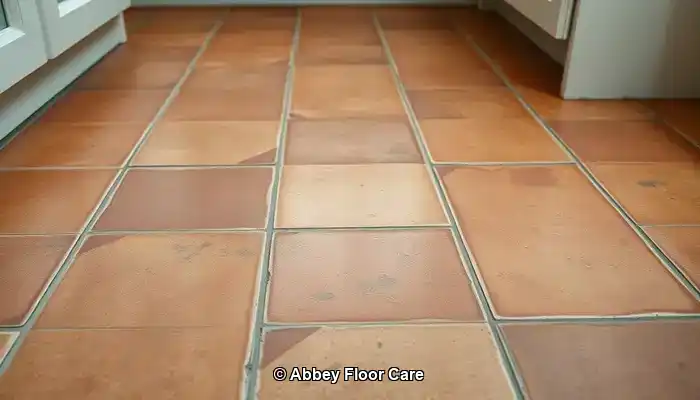
Terracotta tiles are a visually appealing flooring choice, particularly suited for traditional or rustic homes in Surrey. Their natural colors and textural qualities add a unique charm to any space. However, despite their aesthetic appeal, terracotta tiles are prone to rapid dirt accumulation, making it crucial to understand the underlying causes of this challenge in order to maintain their beauty effectively.
Professional Tips for Daily Maintenance of Terracotta Tiles
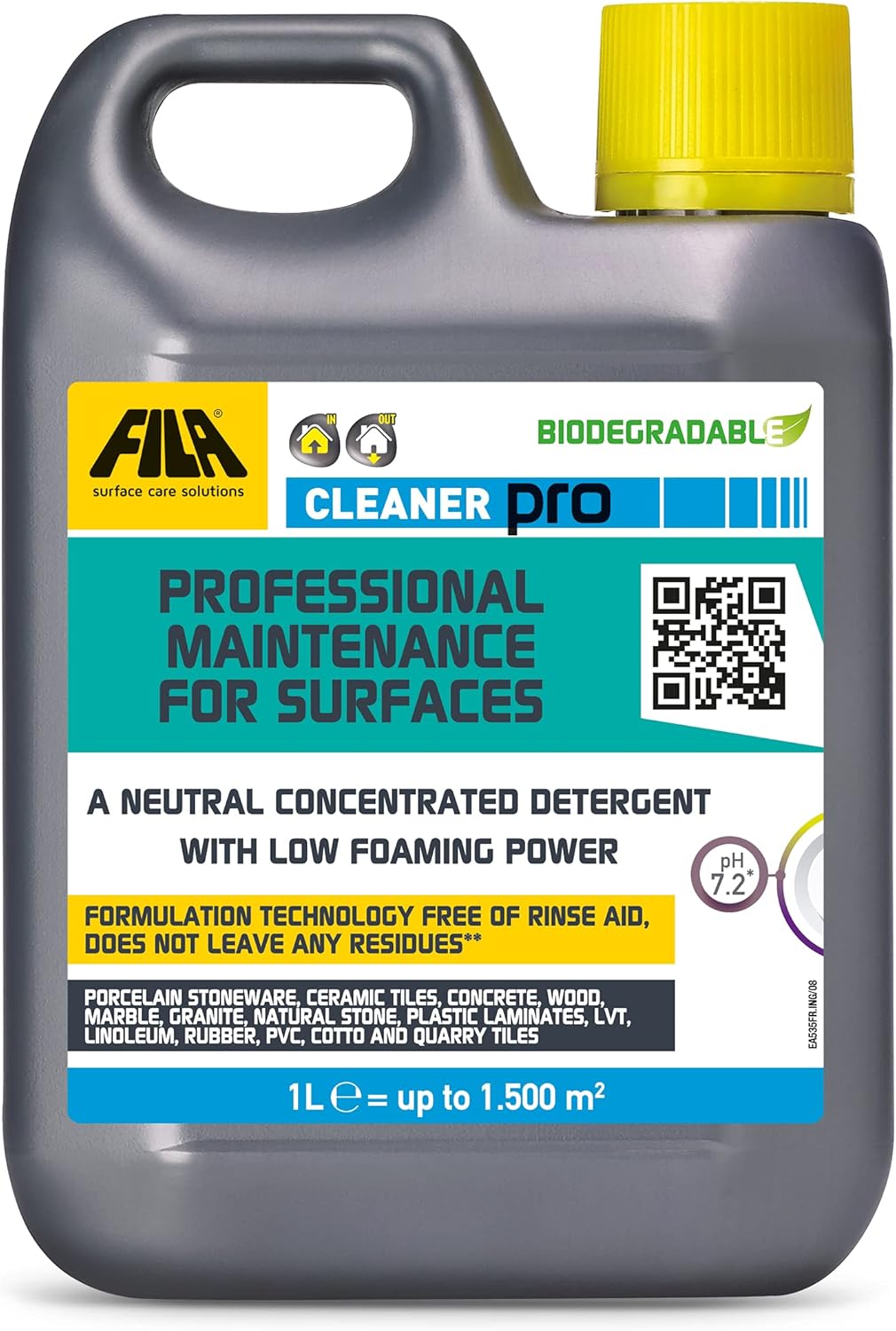
Fila Pro Floor Cleaner
|
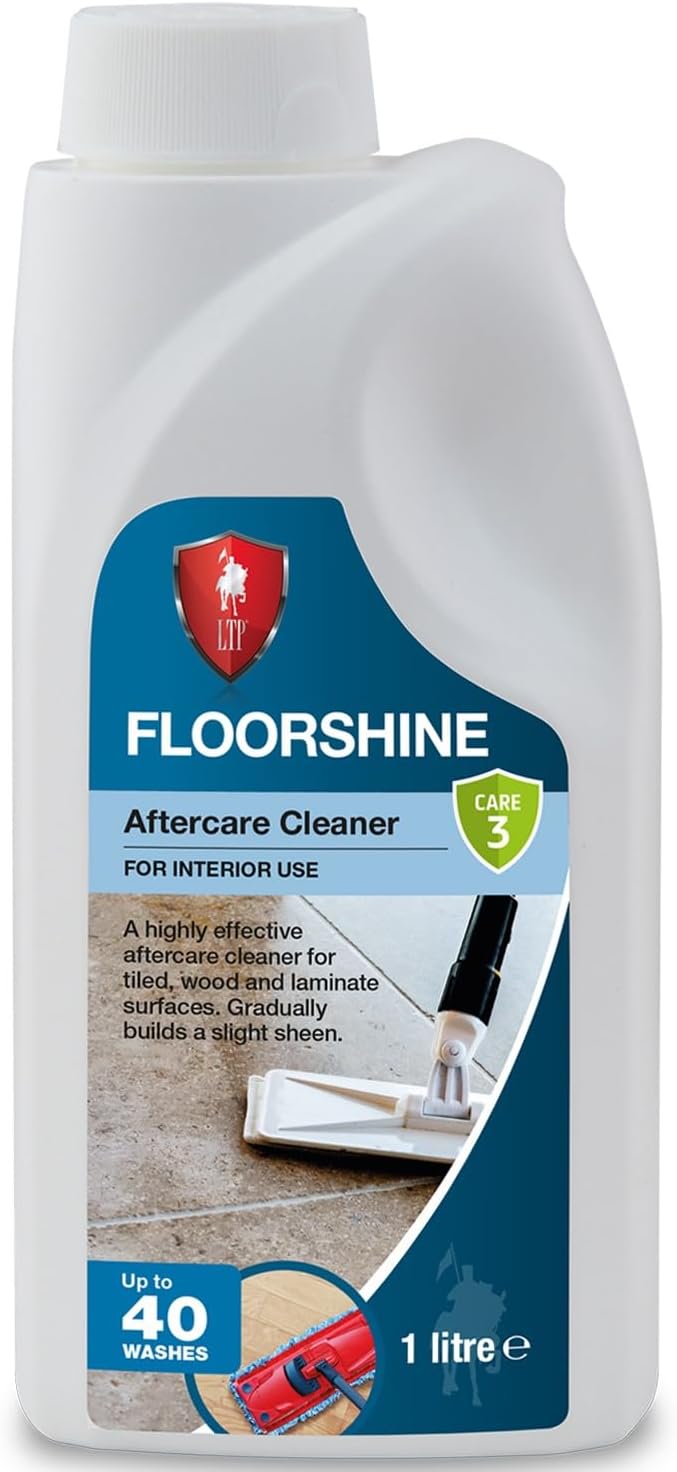
LTP Floorshine
|
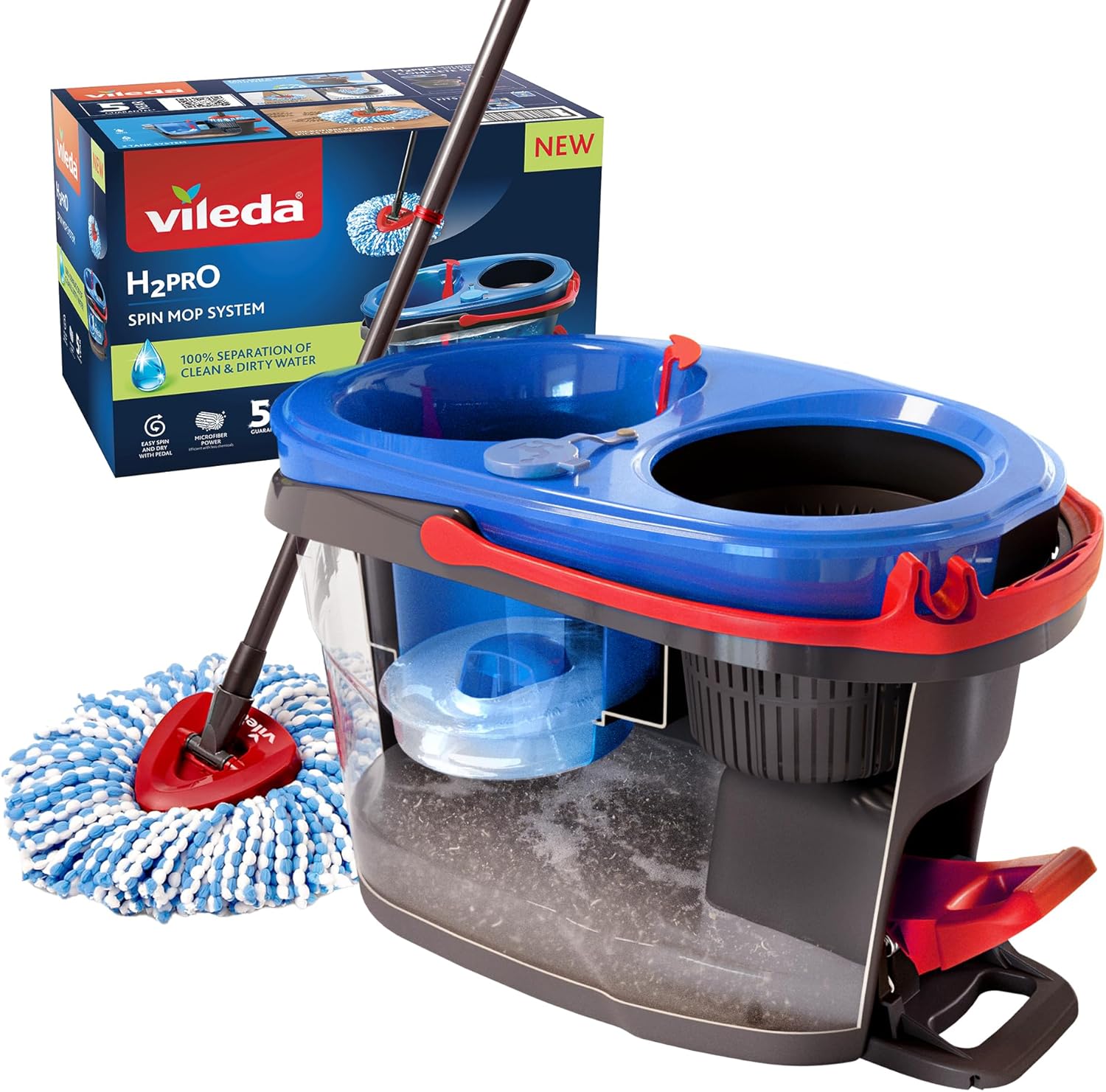
Vileda H2PrO Spin Mop System
|
Understanding the Porous Nature of Terracotta: Why Dirt Accumulates Quickly
Terracotta is crafted from natural clay that is fired at lower temperatures than many other tile materials. This unique manufacturing method results in a highly porous surface, akin to a sponge, which allows it to absorb moisture, oils, and dirt readily. Consequently, this porosity means that grime can penetrate deeply into the tile, complicating the removal process with standard cleaning methods.
Unsealed terracotta tiles are particularly vulnerable. Without a protective layer, even minor spills or muddy footprints can result in long-lasting stains. Over time, these challenges can lead to a dull, stained appearance that often necessitates professional restoration services to bring back the tiles’ original beauty.
Influence of Surrey’s Climate on Terracotta Tile Cleanliness
The weather conditions in Surrey play a significant role in how quickly dirt accumulates on terracotta flooring. The region’s consistent rainfall and damp atmosphere lead to increased moisture being brought indoors, especially in entryways and conservatories. Homes situated near wooded areas or gardens are even more at risk, as soil, pollen, and organic matter can easily enter the home, particularly if footwear isn’t removed at the entrance.
Everyday Habits That Accelerate Dirt Build-Up on Terracotta Floors
In addition to environmental factors, specific daily habits can exacerbate the dirt accumulation on terracotta tiles. Using inappropriate cleaning agents—such as acidic solutions or bleach—can strip protective coatings, harming the tile’s surface. Although steam mops are a popular choice, they can inadvertently force moisture deeper into the tile, worsening the issue over time.
High-traffic areas, like kitchens and hallways, are naturally more prone to wear and tear. Without regular sweeping and mopping, dirt can quickly accumulate, embedding itself within the tile’s texture, making it harder to clean.
Effective Strategies for Maintaining Clean Terracotta Floors
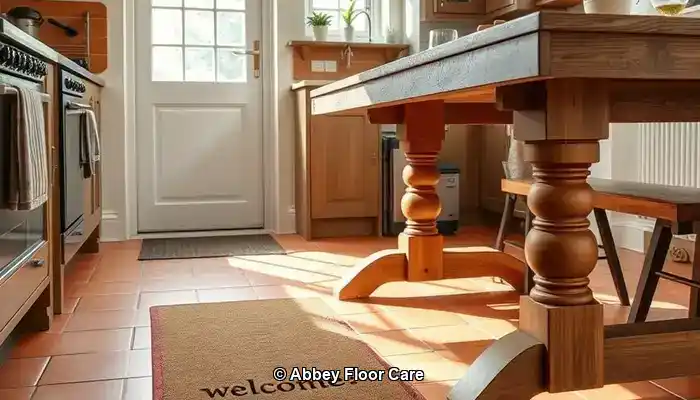
To keep your terracotta floors pristine, proactive measures must be adopted to prevent dirt from settling in the first place. In homes across Surrey, where humidity and garden traffic are common, implementing these preventive strategies is essential to preserving the natural allure of terracotta tiles.
The Critical Importance of Sealing Terracotta for Dirt Prevention
Applying a high-quality sealant is the most effective strategy for preventing terracotta from becoming dirty too quickly. A premium, breathable sealant creates a protective barrier that repels moisture, oils, and dirt. In a humid region like Surrey, sealing is vital to prevent water absorption that can lead to stains and the growth of mold.
It is advisable to reseal terracotta approximately every 12 to 18 months, depending on the level of foot traffic and exposure. In particularly active zones, such as kitchens and hallways—where daily use is common—more frequent resealing may be necessary. Opt for a sealant specifically designed for porous stone, avoiding glossy finishes that can trap dirt on the surface.
Smart Design Choices: Using Rugs and Mats to Protect Your Floors
Strategically placing rugs and mats can drastically reduce the amount of dirt that reaches your terracotta tiles. Heavy-duty doormats at entrances help capture mud and moisture before they can enter your home. In high-traffic areas, such as hallways or under dining tables, area rugs serve as protective barriers against wear and tear.
For rooms that transition to the outdoors, consider utilizing washable runners that can be cleaned regularly. These not only help preserve the tiles but also add warmth and style to your living environment.
Effective Moisture Management in Homes Across Surrey
Given Surrey’s frequent rainfall and high humidity, managing moisture is paramount to keeping dirt at bay on terracotta tiles. To tackle this issue, utilize dehumidifiers in enclosed spaces and ensure proper ventilation throughout your home. Promptly clean up spills and avoid leaving wet items—like shoes or towels—on the floor.
If your terracotta is installed in a conservatory or garden room, consider putting up blinds or UV filters to diminish condensation and protect against sun damage. These small adjustments can greatly enhance the longevity and visual appeal of your tiles over time.
By implementing effective sealing practices, thoughtful design choices, and moisture management strategies, homeowners in Surrey can significantly mitigate the speed at which dirt accumulates on their terracotta flooring. The following section will explore the best cleaning practices to keep your tiles looking fresh and inviting every day.
Optimal Cleaning Techniques for Terracotta Tiles
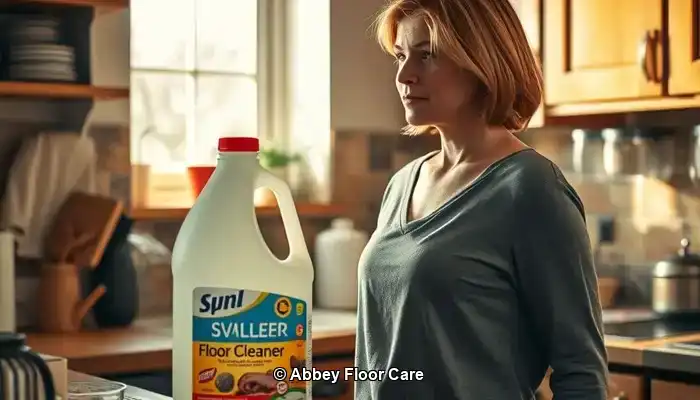
Even with proper sealing and preventive measures in place, terracotta flooring necessitates regular maintenance to uphold its natural beauty. Success in this regard hinges on utilizing appropriate techniques and products that clean effectively without causing harm to the porous surface of the tile.
Establishing a Consistent Daily and Weekly Cleaning Regimen
In Surrey homes, where outdoor elements frequently intrude, daily sweeping or vacuuming is essential. Employing a soft-bristle broom or a vacuum designed for hard floors effectively eliminates dust, grit, and organic debris before it can settle into the tile.
For weekly maintenance, mop using warm water and a pH-neutral cleaner specifically formulated for natural stone. Avoid soaking the floor—damp mopping is the preferred method. Excess water can penetrate the tile, leading to stains or mold growth, especially in older or inadequately sealed installations.
Selecting the Most Effective Cleaning Products for Terracotta
Opt for cleaning products that are both gentle and effective. Look for labels that indicate “stone-safe,” “non-acidic,” or “pH-neutral.” In Surrey, where eco-conscious living is increasingly popular, many homeowners prefer biodegradable cleaners that are safe for both children and pets.
Avoid multi-surface cleaners that contain bleach, ammonia, or citrus extracts, as these can strip sealants and etch the terracotta, rendering it more susceptible to staining. For stubborn stains, use a soft cloth and a diluted stone cleaner. Refrain from scrubbing with abrasive pads or wire brushes, as these can scratch the surface and complicate future cleaning.
Cleaning Practices to Avoid: Say No to Harsh Chemicals and Steam Cleaning
While steam mops may appear convenient, they are unsuitable for terracotta. The high heat and moisture can penetrate the tile, damaging the sealant and leading to long-lasting issues. Similarly, acidic cleaners such as vinegar or lemon juice—even when diluted—can erode the tile’s surface and result in discoloration.
Stick to gentle cleaning practices, and always test new products on a small, inconspicuous area before applying them to the entire floor.
Evaluating the Need for Professional Care vs. DIY Maintenance for Terracotta
Many homeowners in Surrey begin with DIY methods for caring for their terracotta floors. While regular sweeping and mopping are beneficial, there often comes a time when professional assistance is necessary.
When Should You Consult a Specialist for Your Terracotta Tiles in Surrey?
If your terracotta tiles exhibit signs of deep staining, uneven color, or surface wear, it is prudent to seek professional help. Tile care specialists in Surrey employ advanced equipment and stone-safe products that penetrate deeper than standard household cleaners. They can also evaluate whether your sealant has degraded and recommend a tailored resealing schedule that suits your home’s unique circumstances.
Restoration services typically encompass deep cleaning, stain removal, and reapplication of breathable sealants that protect without altering the tiles’ natural appearance. For older or heritage properties, specialists can often replicate the original finish to preserve authenticity.
Is Professional Care Worth the Cost? Assessing Financial Considerations
While DIY cleaning may seem more economical, it often yields only temporary results. Without proper sealing and deep cleaning, dirt continues to accumulate, leading to more frequent maintenance and potentially irreversible damage.
In contrast, professional care prolongs the life of your terracotta floors. A single restoration session can revive color, remove embedded dirt, and protect the surface for several months or even years. In high-traffic areas such as kitchens or hallways, this investment significantly reduces maintenance needs while enhancing aesthetic appeal.
Homeowners in Surrey who prioritize long-term property upkeep and curb appeal frequently find that expert services provide peace of mind and superior results. Moreover, many local providers offer eco-friendly choices and customized maintenance plans tailored to your lifestyle.
Exploring Safe and Eco-Friendly Cleaning Alternatives for Terracotta
The natural elegance of terracotta deserves care that respects its inherent qualities. For homeowners in Surrey looking to maintain clean floors without compromising health or environmental safety, eco-friendly cleaning methods are the best choice. Thankfully, modern products and techniques allow for effective tile protection without the use of harsh chemicals.
Choosing Non-Toxic Sealants and Cleaners
Many conventional sealants contain solvents that emit volatile organic compounds (VOCs), which can adversely affect indoor air quality. Today’s eco-friendly alternatives utilize water-based formulas that are low in VOCs and safe for use around both children and pets.
When selecting cleaners, seek out labels that indicate “biodegradable,” “plant-based,” or “stone-safe.” These products are specifically formulated to lift dirt without damaging the porous surface of terracotta. Brands that specialize in natural stone care often provide concentrated solutions that can be diluted for everyday use, minimizing waste and packaging.
Finding Child- and Pet-Safe Cleaning Solutions
In active Surrey homes, safety is as critical as cleanliness. Avoid using bleach, ammonia, and acidic cleaners like vinegar, which can harm the tile and pose risks to pets and young children. Instead, opt for gentle formulas derived from coconut oil, citrus enzymes, or mineral-based ingredients.
For those who prefer DIY solutions, a simple mixture of warm water with a few drops of castile soap is surprisingly effective for light cleaning. Always test any homemade solution on a small area first to ensure it doesn’t damage the sealant or finish.
Embracing Sustainable Cleaning Practices for Terracotta Floors
Eco-friendly maintenance extends beyond choosing the right products; it also encompasses developing sustainable habits. Utilize reusable microfiber cloths and mops instead of disposable options. Regular sweeping reduces the need for frequent wet cleaning. When resealing, select products that come in recyclable packaging and have minimal environmental impact.
Many floor care professionals in Surrey now offer green cleaning services, using certified non-toxic products and sustainable methods. If you’re uncertain about where to begin, scheduling a consultation with a local expert can help you establish a routine that is both effective and eco-conscious.
Key Strategies for Protecting Your Terracotta Floors
Terracotta flooring brings warmth, character, and timeless beauty to homes in Surrey, yet its porous nature requires deliberate attention to remain clean and vibrant. By understanding the factors that contribute to rapid dirt accumulation, sealing properly, and adopting smart cleaning practices, you can significantly reduce grime buildup and extend the lifespan of your tiles.
Whether you are managing a bustling household or restoring a historic property, consistency is crucial. Daily sweeping, using pH-neutral cleaners, and regular resealing all contribute to maintaining a pristine appearance. And when stains or wear begin to appear, do not hesitate to seek the expertise of a local specialist for professional restoration services.
Utilizing eco-friendly products and safe cleaning routines ensures that your floors remain attractive without compromising health or environmental safety. With the right strategies in place, terracotta can continue to be a stunning feature in your home for many years to come.
Ready to safeguard your floors effectively? <a href="https://www.abbeyfloorcare.co.uk/home-garden/porcelain-tile-repair-near-me-east-calder/">Contact us today</a> for professional terracotta maintenance tailored to the unique conditions in Surrey. Let’s collaborate to ensure your home looks its best—naturally.
Common Questions About Terracotta Maintenance Answered
Terracotta floors are a classic choice, but they require specific care. Below are responses to the most frequently asked questions from homeowners in Surrey who seek to keep their tiles clean, protected, and visually appealing.
How Frequently Should You Reseal Your Terracotta Tiles?
Typically, terracotta should be resealed every 12 to 18 months in most Surrey homes. However, this timeline can vary based on foot traffic, moisture exposure, and whether the tiles are indoors or outdoors. Areas such as kitchens, hallways, and conservatories may necessitate more frequent resealing. If tiles begin absorbing water or appear dull, it’s time to consider resealing them.
Is It Safe to Use Vinegar or Bleach on Terracotta Tiles?
No—vinegar, bleach, and other acidic or harsh cleaners can severely damage terracotta. These substances degrade sealants and etch the tile surface, leading to permanent discoloration. Always select pH-neutral, stone-safe cleaners specifically formulated for porous flooring.
What Type of Mop is Recommended for Cleaning Terracotta Floors?
A microfiber mop is ideal for terracotta. It effectively captures dust and dirt without scratching the surface and utilizes minimal water, which is crucial for porous tiles. Avoid sponge mops or steam mops, as these can oversaturate the tile and compromise the sealant.
Are DIY Cleaning Solutions Safe to Use on Terracotta?
Yes, but with caution. A mild mixture of warm water and castile soap can be quite effective for light cleaning. Always test any homemade solution on a small, hidden area first. Avoid anything acidic or abrasive, and never apply DIY cleaners on unsealed tiles.
What Should I Do If My Terracotta Tiles Have Already Stained?
If you notice that stains have set in, professional restoration is your best course of action. Tile care specialists in Surrey can provide deep cleaning, remove embedded dirt, and reseal the surface to restore the tiles’ original color and texture. DIY methods may exacerbate the damage if inappropriate products are employed.
The Article Ultimate Guide to Achieving Spotless Terracotta Tiles first found on https://www.abbeyfloorcare.co.uk
The Article Keep Terracotta Clean Longer: Effective Maintenance Tips appeared first on https://fabritec.org
The Article Terracotta Maintenance Tips for Longer Lasting Cleanliness Was Found On https://limitsofstrategy.com

